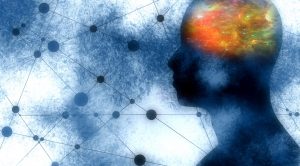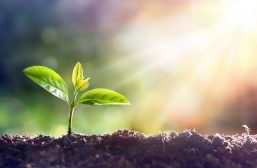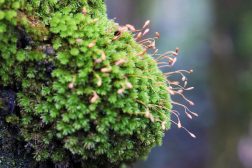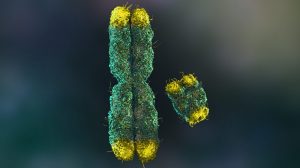Definition
noun, plural: diurnalities
(1) The condition of occurring or being active during the day
(2) The active behavior of an animal or plant during the day (and then inactive at night)
Supplement
Diurnality refers to the condition of being active during the day as observed in the behavior of certain plants and animals. It is in contrast to nocturnality wherein it is characterized by being active during the night. In diurnality, the behavior is active during the day and inactive during the night. This behavior may be influenced by environmental factors such as temperature, predation risks, etc. The cyclic pattern of behavior occurring in day time within a 24-hour period refers to the diurnal rhythm.
In diurnality, the cycle of activities of an animal or a plant involves a 24-hour period. The term diurnal describes an animal or a plant that is more active during the day than at night. For instance, the plant whose flower opens during the day is referred to as diurnal as opposed to nocturnal plant that blooms at night. The timing is said to be associated with their pollinators. Sunflowers, for instance, bloom at daytime to attract bees. In contrast, night-blooming cereus plant blooms at night to attract the sphinx moths.
Word origin: Latin diurnālis, diēs (“day”)
Compare:
- nocturnality
See also:
Related form(s):
- diurnal (adjective)







